Fine fescue, revered for its fine texture, shade tolerance, and low maintenance requirements, stands as a pinnacle choice among homeowners seeking a resilient and aesthetically pleasing lawn. This comprehensive guide aims to equip homeowners with a thorough understanding of fine fescue, covering its life cycle, identification cues, and optimal planting strategies. Be sure to reach out to Simple Lawns for more information on how to give your lawn the best care possible!
Understanding Fine Fescue
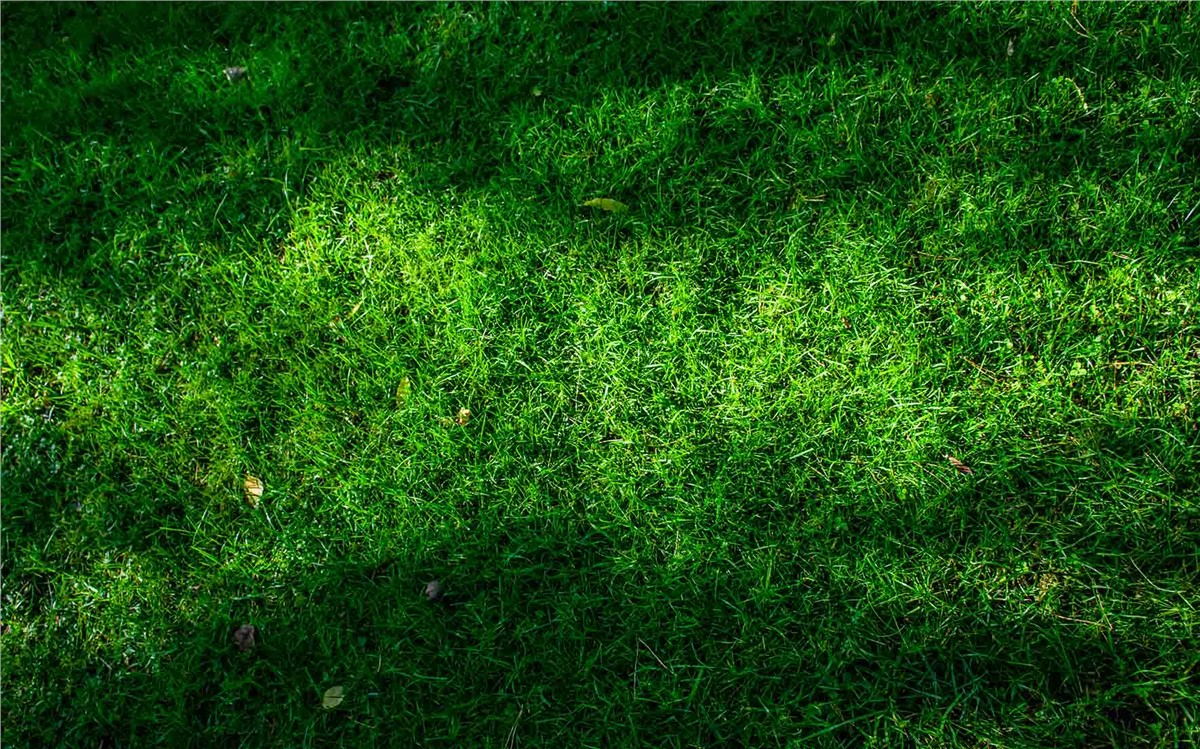
Fine fescue, a collective term encompassing various grass species within the Festuca genus, stands out for its delicate leaf blades, adaptability to diverse soil conditions, and exceptional shade tolerance. Creeping red fescue (Festuca rubra), chewings fescue (Festuca rubra subsp. commutata), hard fescue (Festuca longifolia), and sheep fescue (Festuca ovina) represent some of the most prominent varieties within this group.
Identifying Fine Fescue

Identification of fine fescue is pivotal for effective lawn care and maintenance. Key characteristics to look for include:
- Fine Texture: Fine fescue boasts slender, fine-textured blades that create a soft and elegant appearance, distinguishing it from coarser grass species.
- Bunching Growth Habit: Unlike spreading grasses that propagate through rhizomes or stolons, fine fescue typically forms dense clumps or bunches, contributing to its characteristic aesthetic.
- Shade Tolerance: Fine fescue thrives in partially shaded to shaded environments, making it an ideal choice for lawns with limited sunlight exposure.
- Drought Resistance: Once established, fine fescue displays remarkable drought resistance, requiring less frequent watering compared to other grass varieties.
Life Cycle Of Fine Fescue

Understanding the life cycle of fine fescue is paramount for planning and executing effective lawn management practices. The life cycle unfolds as follows:
- Germination & Establishment: Fine fescue seeds germinate in the spring or fall, capitalizing on optimal soil temperatures and moisture levels. Seedlings gradually establish root systems, laying the foundation for robust growth.
- Growth & Maturation: Fine fescue exhibits relatively slow growth compared to other grass species, gradually forming dense clumps of foliage over time. Regular mowing helps maintain uniform height and appearance.
- Flowering & Seed Production: Fine fescue produces inconspicuous flowers in late spring or early summer, followed by seed formation. While primarily propagated via seeds, some varieties may also spread through tillering and rhizome growth.
- Dormancy & Regrowth: In regions with cold winters, fine fescue may enter dormancy during the winter months, with growth resuming in spring. Adequate winterization and overseeding practices facilitate vigorous regrowth in the subsequent season.
Planting Fine Fescue: Timing & Location
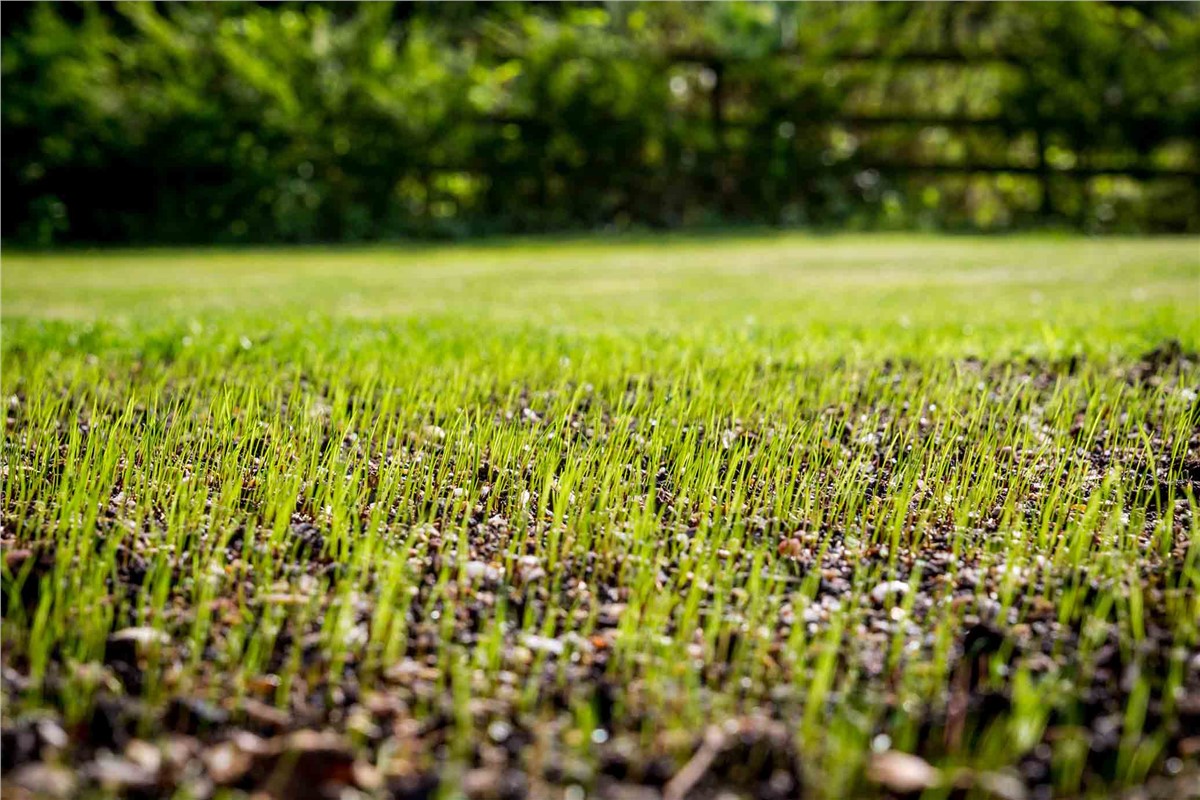
Strategic planning regarding the timing and location of fine fescue planting significantly influences successful establishment and long-term health. Consider the following guidelines when planting your new seed:
- Timing: The optimal time to plant fine fescue seeds is early fall or late spring, coinciding with cooler soil temperatures and favorable moisture conditions. Avoid planting during hot, dry periods, as this may stress young seedlings.
- Location: Fine fescue thrives in well-drained soils with slightly acidic to neutral pH levels. While adaptable to various soil types, it performs best in areas with partial shade to full sun exposure. Conducting a soil test before planting helps assess pH and nutrient levels, allowing for necessary amendments to create an optimal growing environment.
Caring For Fine Fescue

Once established, fine fescue demands minimal maintenance to flourish. Essential care practices include:
- Watering: Employ a deep and infrequent watering regimen, allowing the soil to dry slightly between waterings. Fine fescue's innate drought tolerance reduces water requirements, with occasional irrigation during dry spells sufficing.
- Mowing: Maintain an ideal mowing height of 2 to 3 inches to promote deep root growth and suppress weed competition. Avoid excessive mowing, which can stress the grass and compromise its health.
- Fertilizing: Apply a balanced fertilizer formulated for cool-season grasses in the fall and spring to bolster growth and color. Adhere to recommended application rates to prevent over-fertilization and minimize environmental impact.
- Overseeding: Address thin or bare areas in the lawn by overseeding with a quality fine fescue seed blend suited to local growing conditions. Fall overseeding maximizes seed germination rates and facilitates seamless integration with existing turf.
- Weed Control: Free the lawn from weeds through diligent hand-pulling or targeted herbicide application. Selective herbicides labeled for fine fescue control offer effective weed management while preserving the integrity of the grass.
By adhering to these comprehensive guidelines for planting and caring for fine fescue lawns, homeowners can cultivate a lush, resilient turf that enhances the beauty of their outdoor space. With its fine texture, shade tolerance, and minimal maintenance requirements, fine fescue stands as an exemplary choice for homeowners seeking enduring elegance and sustainable landscaping solutions.
Subscribe to Simple Lawns's Blog



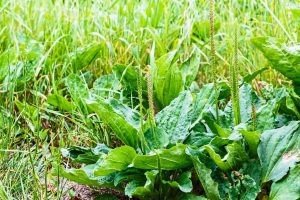
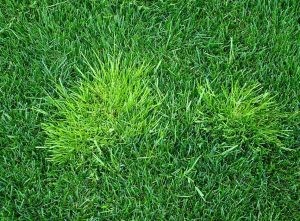
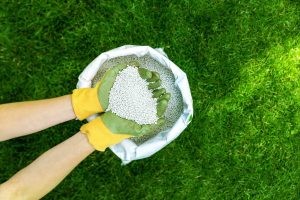
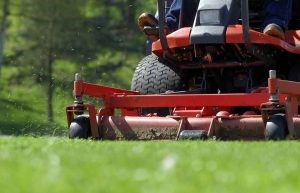


Comments